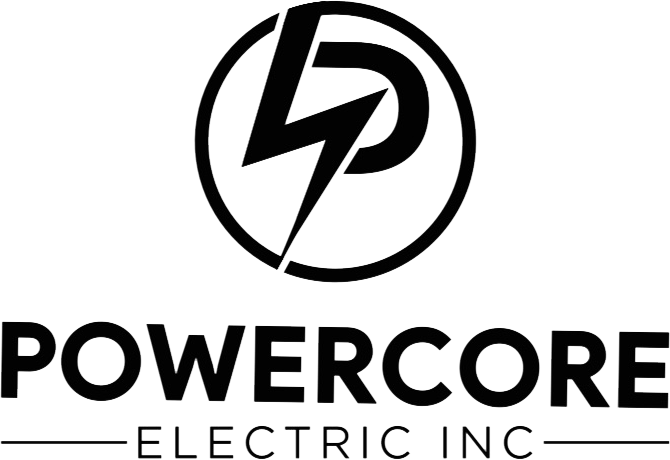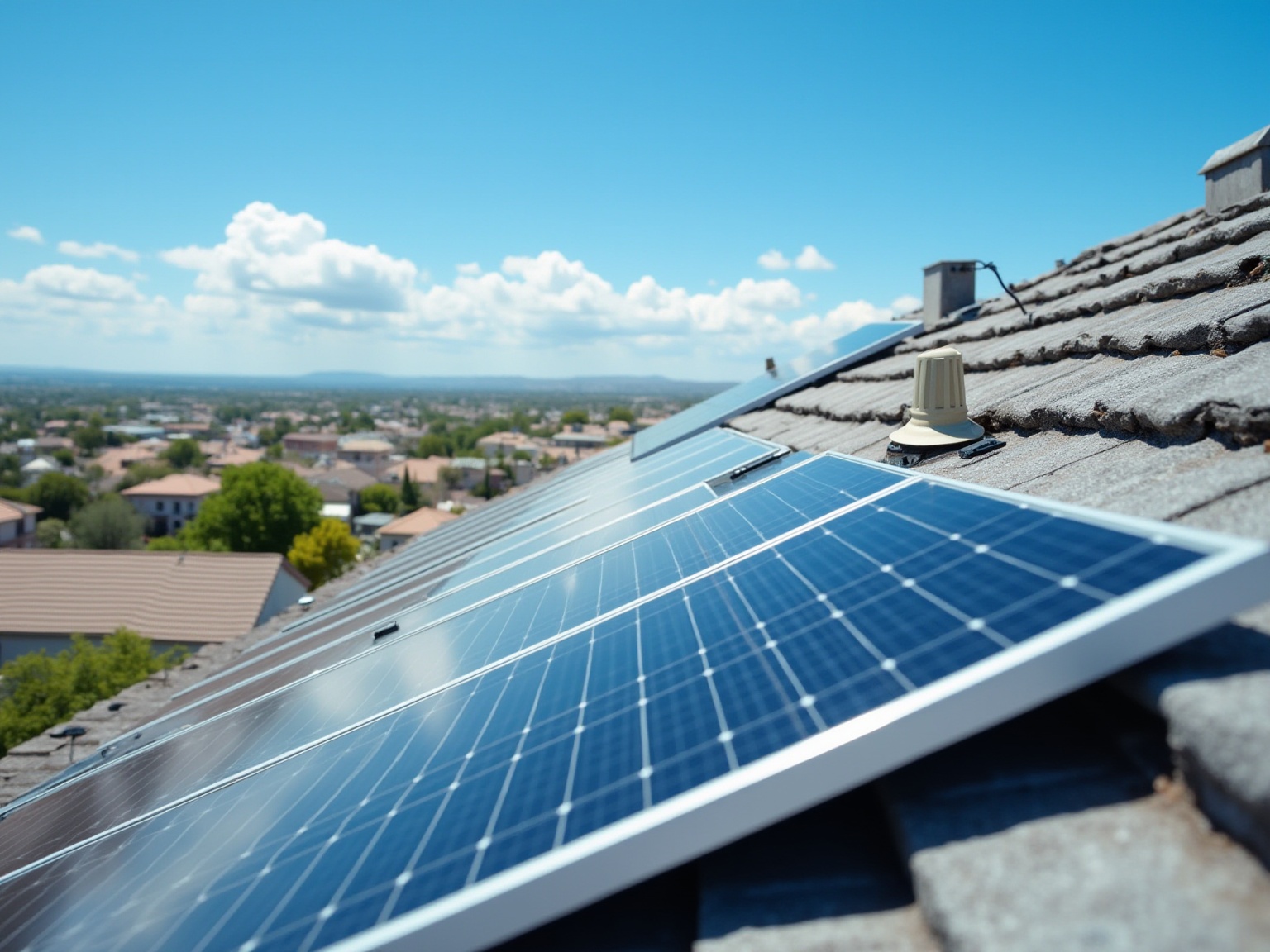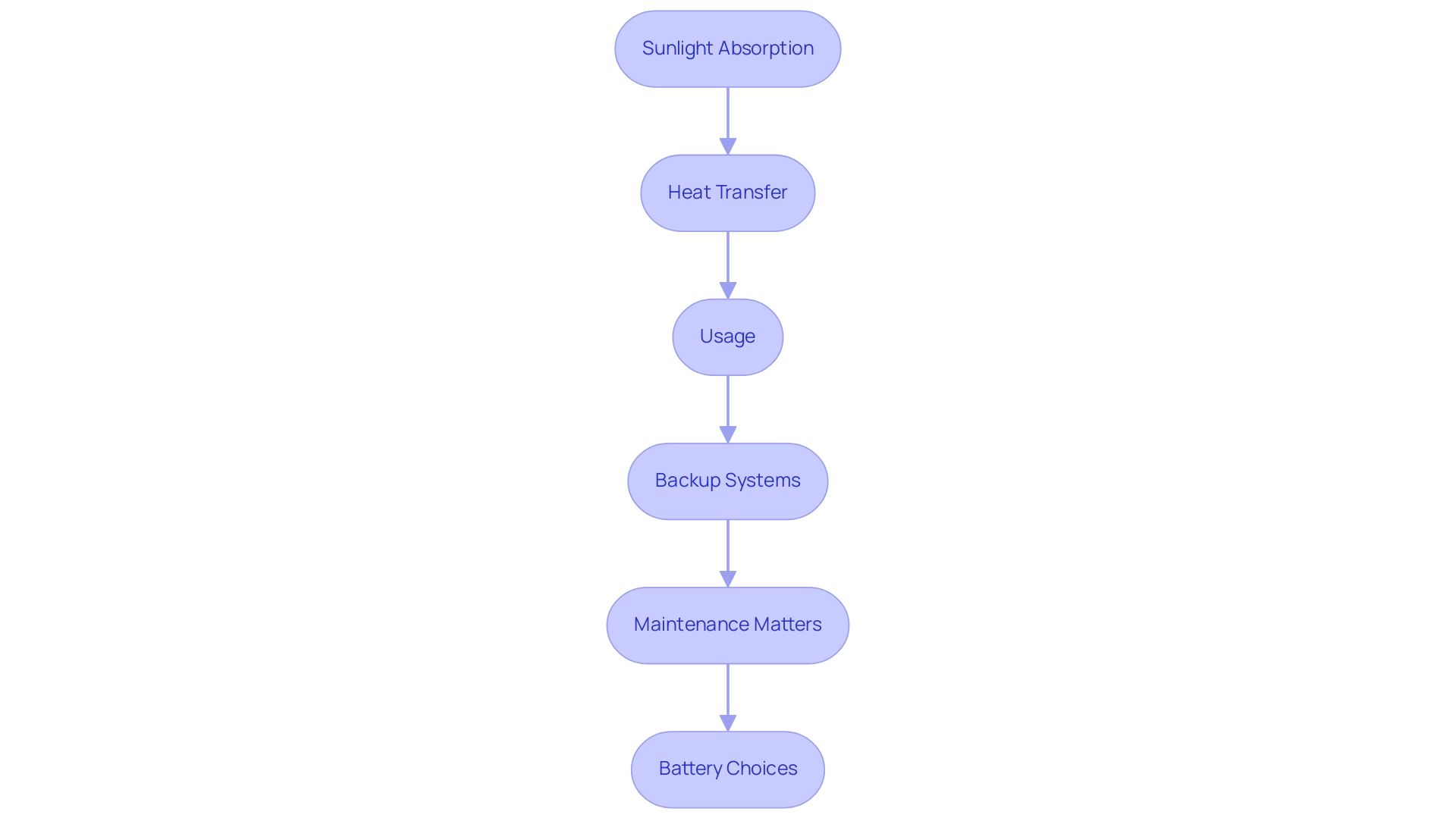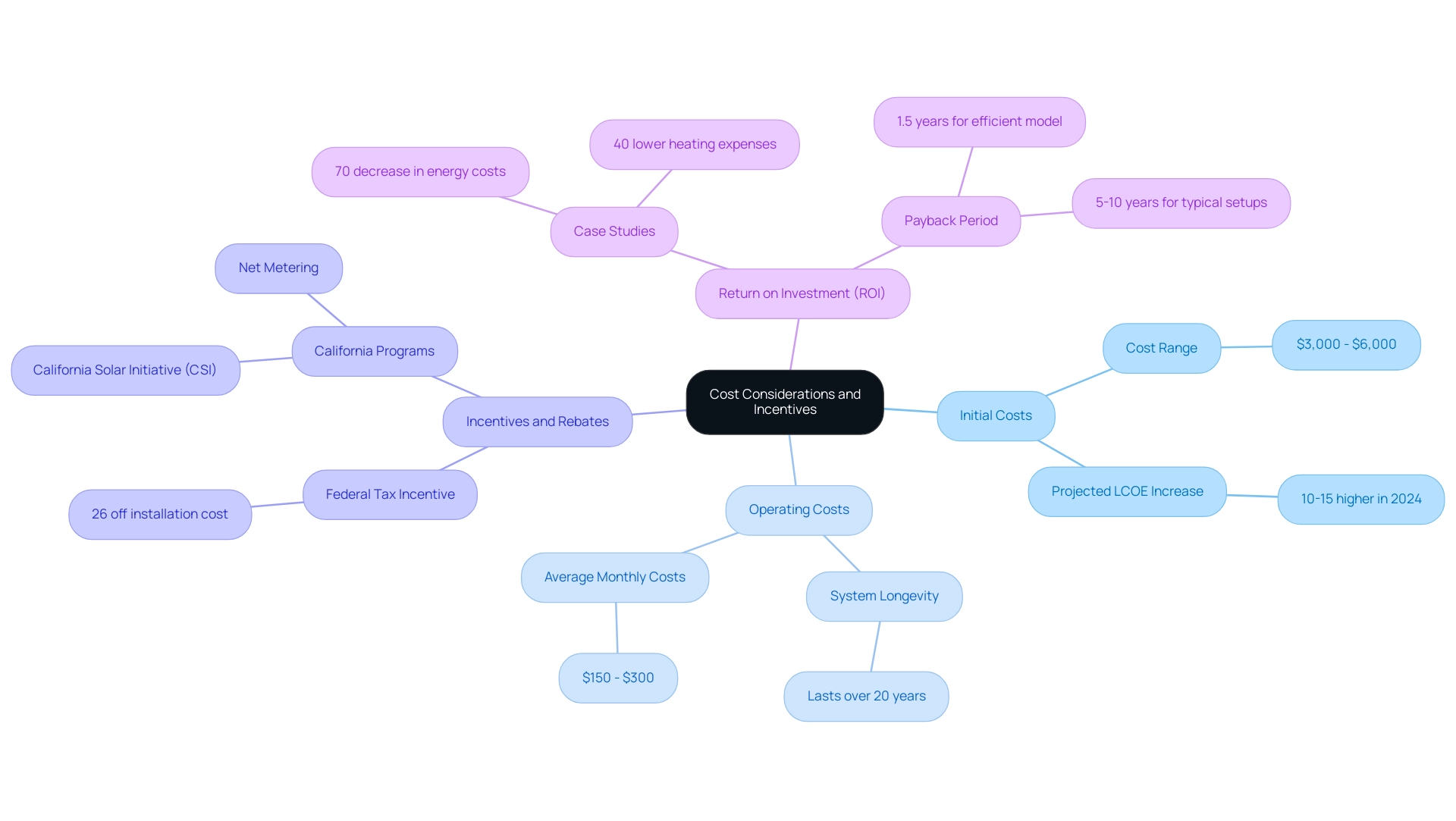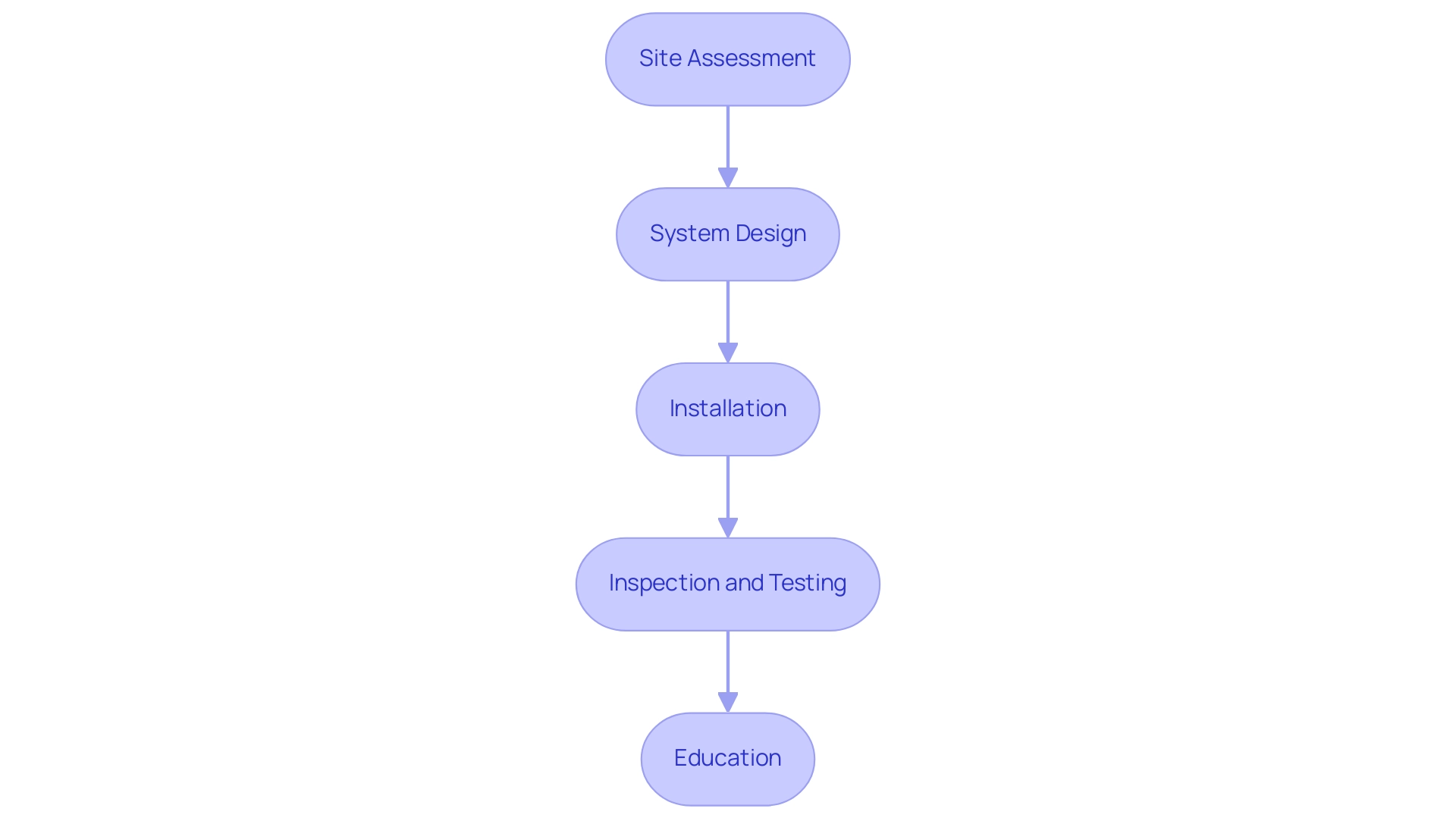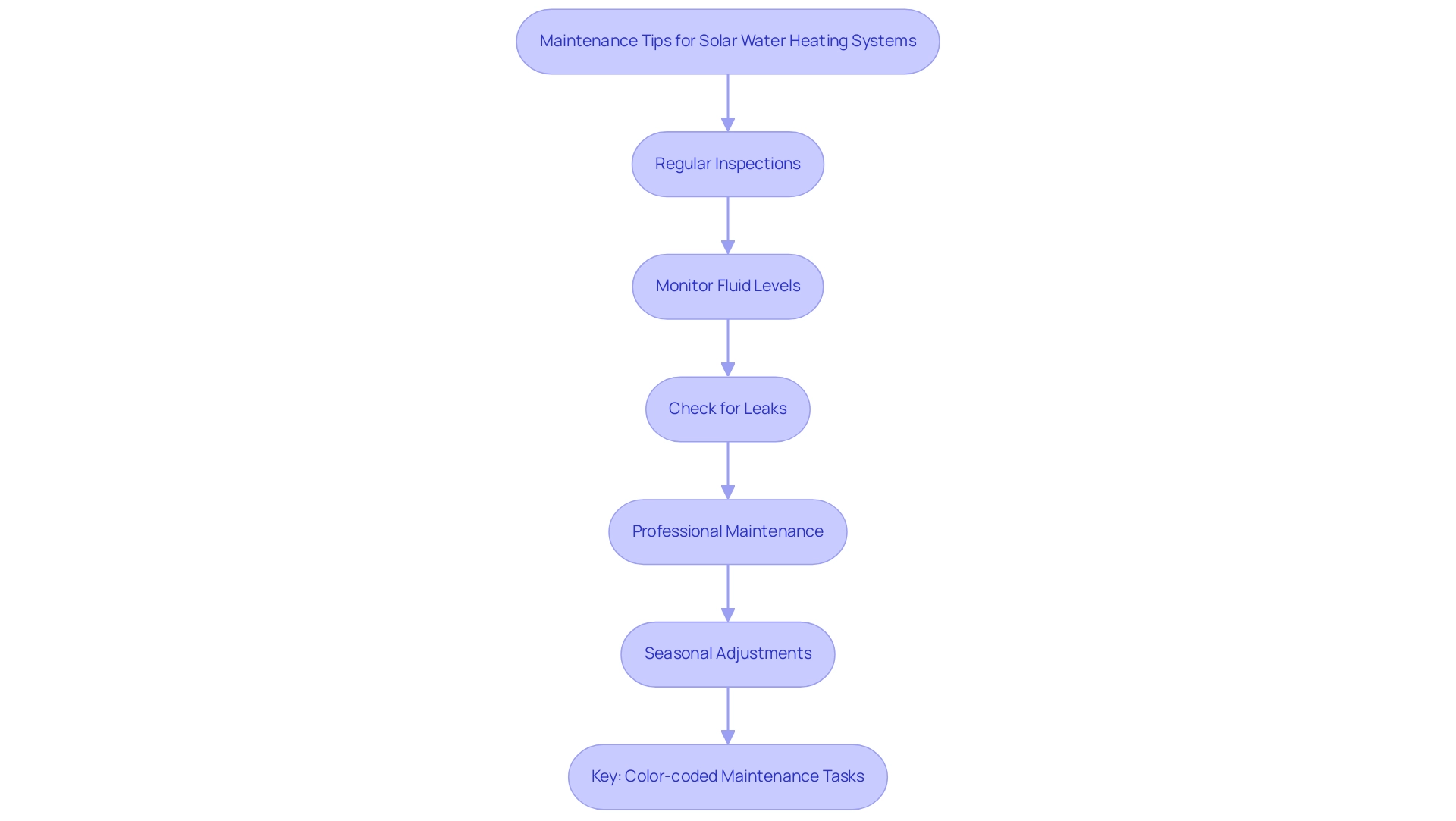Overview
Solar collector water heaters are essential for harnessing solar energy, offering various types like flat plate and evacuated tube collectors, each with unique advantages tailored to different climates. The article highlights that understanding these options can lead to significant economic benefits, such as reduced energy bills and increased property value, supported by case studies demonstrating substantial savings in energy costs across various regions.
Introduction
As homeowners increasingly seek sustainable solutions for their energy needs, solar water heating systems are emerging as a popular choice that combines environmental responsibility with significant cost savings. With the U.S. solar industry projected to grow substantially in the coming years, understanding the various types of solar collectors and their benefits is essential for making informed decisions.
From flat plate collectors to evacuated tube systems, each option offers unique advantages tailored to different climates and budgets. This article delves into the mechanics of solar water heating, the financial incentives available, and practical maintenance tips, empowering homeowners to embrace this eco-friendly technology and transform their energy consumption for the better.
Exploring the Different Types of Solar Collectors
Solar collector water heaters are the core of solar thermal solutions, playing an essential part in capturing energy from the sun. With the US solar sector anticipated to install over 250 GW of capacity from 2024 through 2029, the importance of solar collector water heaters is increasing, particularly as the forecast for 2025 has grown by more than 2 GW to a promising 31.5 GW. As eco-conscious homeowners, understanding the options available can lead you to significant economic and environmental benefits.
-
Flat Plate Collectors:
- Description: These rectangular panels are designed to absorb sunlight efficiently. Comprising an insulated box with a transparent cover, they allow sunlight to enter while trapping heat to warm the fluid inside.
- Advantages: Flat plate collectors are typically less expensive and straightforward to install, making them a favorite for many homeowners. They work exceptionally well in warm climates, providing reliable performance for residential applications. Recent advancements in flat plate technology have enhanced their efficiency, ensuring that your investment pays off in both cost savings and reduced greenhouse gas emissions.
- Case Study: In Southern California, homeowners using flat plate collectors reported an average reduction of 30% in their annual heating costs, showcasing the economic benefits of this technology.
-
Evacuated Tube Collectors:
- Description: These collectors feature rows of glass tubes, each creating a vacuum that significantly reduces heat loss. The inner tube captures sunlight, effectively warming the fluid within.
- Advantages: Evacuated tube collectors shine in colder climates and perform admirably even on cloudy days. Their unique design allows them to achieve higher temperatures, making them a more energy-efficient choice in challenging weather conditions, thus contributing to lower energy bills and a smaller carbon footprint.
- Case Study: In the Pacific Northwest, a family using evacuated tube collectors experienced a 40% decrease in their heating energy consumption during winter months, illustrating the effectiveness of this system in cooler climates.
When selecting the right type of collector for your home, consider factors such as local climate, budget, and your specific energy needs. Notably, the $7 billion funding from the EPA for renewable energy is anticipated to positively impact community energy growth, providing potential financial support for homeowners considering installations. Moreover, comprehending the differences between active and passive heating mechanisms can further guide your choice. Active setups, which utilize pumps and controls to circulate liquid, may provide more efficiency in certain arrangements, while passive configurations depend on natural circulation and can be easier to install.
By grasping these distinctions and understanding the broader context of the solar industry, you’re well on your way to making an informed decision that aligns with your eco-conscious goals.
The Advantages of Solar Water Heating Systems
Solar water heating systems bring a host of advantages that can greatly benefit homeowners looking to make sustainable choices:
-
Energy Savings:
- Harnessing the sun’s energy can lead to remarkable reductions in utility bills. Homeowners frequently indicate saving between 50% and 80% on their heating expenses, with outcomes differing based on personal usage and efficiency of the setup. For example, a household in Southern California saw an impressive decrease in their energy expenses, over 70%, after setting up a water warming system combined with a heat exchanger. Projections indicate that up to 36% of U.S. residential buildings will be solar-powered by 2050, reflecting a clear trend toward sustainability. Notably, China leads with 35% of the worldwide market share in renewable energy, showcasing the global significance of this technology. Moreover, integrating a Tesla home charger alongside a solar collector water heater can further enhance energy efficiency in residences adopting renewable solutions.
-
Environmental Impact:
- By utilizing solar energy, these systems decrease our dependence on fossil fuels, which, in turn, reduces greenhouse gas emissions. This eco-friendly choice not only contributes to a healthier planet but also resonates with many homeowners’ values centered around sustainability and environmental responsibility. “Investing in a solar collector water heater as part of thermal energy solutions is a step toward a cleaner environment and considerable savings on energy expenses,” states Paul Chiao, sales and marketing director at Encon Solar. The advantages of government renewable energy programs and incentives, such as tax credits and rebates, can further amplify these positive outcomes.
-
Increased Property Value:
- Homes equipped with solar water heating systems often experience an increase in property value. As more purchasers look for energy-efficient residences, having renewable energy installations can make your property stand out in a competitive market. Furthermore, leading panel cleaning services can assist in preserving efficiency, guaranteeing your investment stays appealing to prospective purchasers.
-
Low Maintenance Costs:
- Compared to traditional heating systems, solar water heating systems require minimal maintenance. A few regular checks and occasional cleaning of the collectors are typically all that’s needed to keep the setup running efficiently, freeing up your time for more important things.
Comprehending these advantages enables property owners to recognize the long-term worth and beneficial influence of investing in solar collector water heaters as renewable water warming solutions. Case studies show that while the initial cost may be higher—specifically, an additional $85 for a more efficient model as noted in recent comparisons—the payback period can be as short as 1.5 years, making it a smart investment for both your wallet and the environment. Furthermore, insights from diverse areas, such as Southern California and the Pacific Northwest, demonstrate how climate affects the efficiency of these structures, highlighting their versatility and effectiveness across various environments.
For example, passive energy collection designs in cooler areas have shown considerable efficiency, making sunlight warming an attractive choice regardless of location.
How Solar Water Heating Works
Solar heating setups might seem intricate, but they operate via a simple and effective process that’s truly captivating! Here’s how it all comes together:
-
Sunlight Absorption:
- At the heart of the system are solar collectors that skillfully capture sunlight and convert it into heat.
This absorbed energy heats the fluid circulating through the collector—usually a liquid or antifreeze—making the most of our sun’s natural power.
-
Heat Transfer:
- Once the fluid is heated, it’s directed to a storage tank. In traditional setups, this tank holds hot liquid ready for immediate use.
In indirect systems, the heat is transferred to a separate liquid supply, ensuring efficiency and reliability.
-
Usage:
- When you need hot water, it’s as simple as drawing it directly from the storage tank. This decreases dependence on gas or electric warmth, which can be a fantastic way to lower your energy bills, especially in areas with high energy prices.
For instance, in regions where energy costs are high, the payback period for investing in a more efficient model can be as short as 1.5 years, with an additional cost of only $85 compared to less efficient models.
-
Backup Systems:
- To keep the hot water flowing even during cloudy days or peak demand times, many systems come equipped with a backup heater. This ensures you’re never left in a pinch!
-
Maintenance Matters:
- Regular maintenance is vital for the longevity and efficiency of your solar water heating system. Maintaining your energy collectors clean and inspecting for any wear and tear can make a significant difference in performance. Innovative cleaning solutions, such as biodegradable cleaners and automated cleaning methods, are available to help maintain optimal efficiency.
-
Battery Choices:
- When considering solar energy, selecting the right battery for energy storage is crucial. Look for batteries that offer high efficiency, such as lithium-ion and lead-acid options, which have different specifications and economic benefits. Leading products like the Tesla Powerwall offer outstanding energy autonomy for your home, guaranteeing you can store surplus energy produced during the day for nighttime use.
Comprehending the operation of thermal technologies not only emphasizes their efficiency but also demonstrates their dependability, rendering them a desirable choice for sustainable living. As Ed Murray, an expert in thermal systems, puts it,
The idealism is still alive <— and what better way to embrace that idealism than by harnessing the sun’s energy for your home?
With innovations continuously appearing, sunlight-based thermal technology is more attainable than ever.
Furthermore, adopting a diverse portfolio of renewable energy solutions, as emphasized in Europe’s Green Deal, can enhance the adoption of various renewable technologies, including thermal energy. So, why not explore how this eco-friendly solution can benefit your household?
Cost Considerations and Incentives
Investing in a photovoltaic thermal solution is a wise decision for environmentally aware homeowners, combining upfront expenses with long-term savings and the presence of attractive incentives:
-
Initial Costs:
- On average, you can expect to invest between $3,000 and $6,000 for a residential solar water heating system, depending on the size and specific installation needs. While this may feel like a considerable upfront expenditure, it’s important to keep in mind the substantial savings that can accumulate over time. Notably, the projected global average levelized cost of energy (LCOE) for solar PV is expected to be 10–15% higher in 2024 compared to 2020 levels due to inflation and supply chain challenges, which may influence future costs.
-
Operating Costs:
- One of the best parts about these systems is their low operating costs. Most of your expenses will come from routine maintenance and the occasional repair. According to EnergySavers.gov, on average, electric heat pumps cost between $150 to $300 per month to run, depending on your local electricity rates and climate. With proper care, many setups can last over 20 years, providing reliable service with minimal upkeep.
-
Incentives and Rebates:
- Numerous states, particularly California, offer attractive tax credits and rebates to help offset costs associated with solar installations. For example, the federal tax incentive for renewable energy enables you to subtract 26% of the installation’s cost directly from your federal taxes. Additionally, California offers various local programs such as the California Solar Initiative (CSI) and net metering, which further reduce your overall investment. Numerous regional utility firms also offer incentives for thermal system installations, making it even simpler to reduce your expenses.
-
Return on Investment (ROI):
- Homeowners often see a solid return on investment through energy savings, enhanced property value, and tax advantages. A case study from Southern California illustrated that one household experienced an impressive 70% decrease in energy costs after installing a heating solution, highlighting the economic advantages of renewable technology. Another illustration from the Pacific Northwest emphasized how a residence using a thermal collection approach alongside energy-efficient windows lowered its heating expenses by 40%. A comparison of two energy collection models showed that the payback period for a more efficient model is estimated to be only 1.5 years, illustrating the financial advantages of investing in higher efficiency units. Many individuals report a payback period of 5 to 10 years for typical setups. After this period, you can relish the pleasure of complimentary hot liquid for many years ahead!
By comprehending the financial environment of solar collector water heaters, including current statistics, specific incentives, and compelling case studies from your area, you can make informed choices that not only fit your budget but also align with your commitment to sustainability.
Installation Process and Considerations
Installing a water heating solution can feel like a significant task, but dividing it into manageable steps makes it simpler! Here’s a simple guide to help you navigate the process:
-
Site Assessment:
-
A qualified professional will start by evaluating your home’s roof and surrounding environment.
They’ll look for the best spot for the solar collector water heater, considering factors like roof orientation, shading from trees or buildings, and the available space. This step is crucial because, as recent insights from industry experts suggest, a proper site assessment can significantly enhance operational efficiency.
-
-
System Design:
-
After the assessment, the next step is to create a customized system design tailored to your household’s hot water needs.
This means choosing the appropriate kind of collectors and storage tanks that best fit your situation. It’s all about making sure your system is perfect for your home! It’s worth mentioning that the extra expense of a more efficient water heater model is around $85, which can be a valuable investment for improved performance.
-
-
Installation:
-
With the design in hand, the installation process kicks off. This typically involves installing the collectors on the roof, linking them to the storage tank, and confirming all plumbing and electrical connections are done accurately. A successful installation is key to reaping the benefits of renewable energy.
As the Department of Energy points out, when built into a 30-year fixed mortgage for a new build, the monthly cost of a solar collector water heater averages between $13 to $20, but with the federal income tax deduction, this can drop to roughly $10 to $15 per month, making it a financially viable option.
-
-
Inspection and Testing:
- Once everything is installed, your system will undergo inspection and testing to confirm it operates smoothly. This step is vital because it ensures that all components are functioning as they should, giving you peace of mind that your investment is secure.
-
Education:
- Finally, homeowners often receive helpful guidance on how to operate their new system and conduct basic maintenance. This knowledge enables you to maximize your investment and relish the advantages of thermal energy technology for years ahead.
By grasping these steps, you’ll feel more equipped for the shift to renewable energy and assured about your choice to invest in a thermal solution. Additionally, it’s important to note that photovoltaic panels function by converting sunlight into electricity, which can power your home and significantly reduce your energy bills. Understanding that the capacity of photovoltaic thermal systems is expanding considerably—reaching 560 gigawatts thermal in 2023—indicates that you’re in good company on this journey toward sustainability!
Moreover, numerous local tax incentives can additionally boost your savings, making renewable energy systems not only an environmentally friendly option but also a financially wise one. Remember, with the financial savings and ecological effect of heating systems that harness sunlight, you’re not just making a wise investment for your home, but also for the planet!
Maintenance Tips for Solar Water Heating Systems
Maintaining your water heating setup in excellent condition is crucial for enhancing its efficiency and lifespan, particularly noting that after federal income tax deductions, your monthly expenses could decrease to merely $10 to $15. Here are some friendly tips to help you maintain your system:
-
Regular Inspections:
- Make it a habit to check your solar collectors for any dirt, dust, or debris that could block sunlight. A gentle clean with a soft brush or a light spray from a hose can make a significant difference in performance. Remember, a clean surface not only boosts energy production but also contributes to the sustainability of your home’s energy use. As noted by experts, neglecting this can lead to a significant drop in energy production due to dust and debris buildup.
-
Monitor Fluid Levels:
- If your system utilizes antifreeze, regularly check the fluid levels in your storage tank to ensure they are within the recommended range. This simple step can prevent complications later on, ensuring your setup operates efficiently throughout the year.
-
Check for Leaks:
- Keep an eye on pipes and connections for any signs of leaks. Identifying these problems early can spare you from more extensive and costly repairs later, preserving the integrity and efficiency of your setup.
-
Professional Maintenance:
- Consider scheduling an annual inspection with a qualified technician. They can ensure that all components are functioning correctly and identify potential problems before they become major headaches. As Martin Holladay wisely points out, “If I had had to hire a solar thermal contractor to perform this maintenance work, the work would have cost hundreds of dollars, eating into my savings.” This emphasizes the significance of regular DIY maintenance to prevent unnecessary costs and ensure your setup continues to offer economic and environmental advantages.
-
Seasonal Adjustments:
- If you live in a colder climate, make sure your antifreeze levels are adequate and that your system is properly winterized to avoid any freezing issues.
Data indicates that the median loss rate for photovoltaic installations is 0.75% per year, with 90% of units encountering less than a 2% loss each year. By following these maintenance tips, you’ll not only extend the lifespan of your solar collector water heater installation but also continue to enjoy the benefits of renewable energy. Additionally, with federal tax incentives significantly reducing installation costs, now is a great time to ensure your system is operating at its best.
Remember, keeping up with maintenance will allow you to reap the rewards of your investment for years to come, making the connection between maintenance and financial savings even clearer.
Conclusion
Embracing solar water heating systems is a powerful step towards a more sustainable and cost-effective home. With various types of solar collectors available, such as flat plate and evacuated tube systems, homeowners can select options that best suit their climate and budget. Each system offers unique benefits, including:
- Significant energy savings
- Reduced environmental impact
- Increased property value
The financial landscape surrounding solar water heating is equally encouraging. With initial investments offset by substantial savings on utility bills, coupled with available federal and state incentives, the transition to solar becomes not just an eco-friendly choice but a sound financial decision. Homeowners can expect impressive returns on their investments, often enjoying free hot water after a few years of use.
Moreover, understanding how these systems work and how to maintain them ensures their longevity and efficiency. Regular inspections and simple upkeep can keep your solar water heating system running smoothly, maximizing both your savings and its environmental benefits. As the solar industry continues to grow and innovate, now is the perfect time to consider how solar water heating can transform your energy consumption and contribute to a cleaner, greener future.
